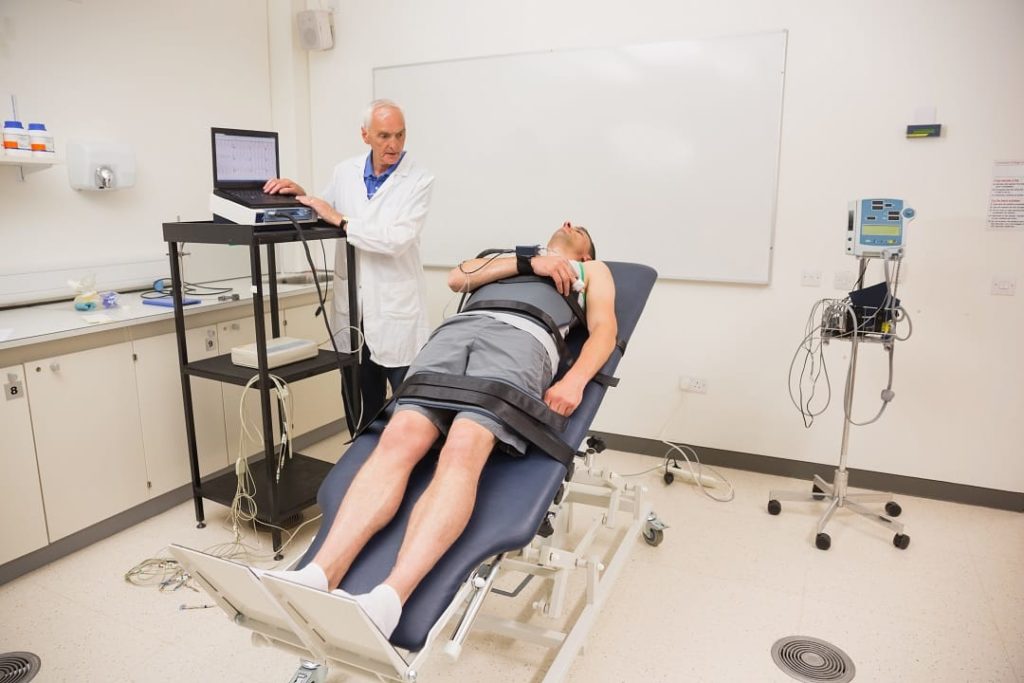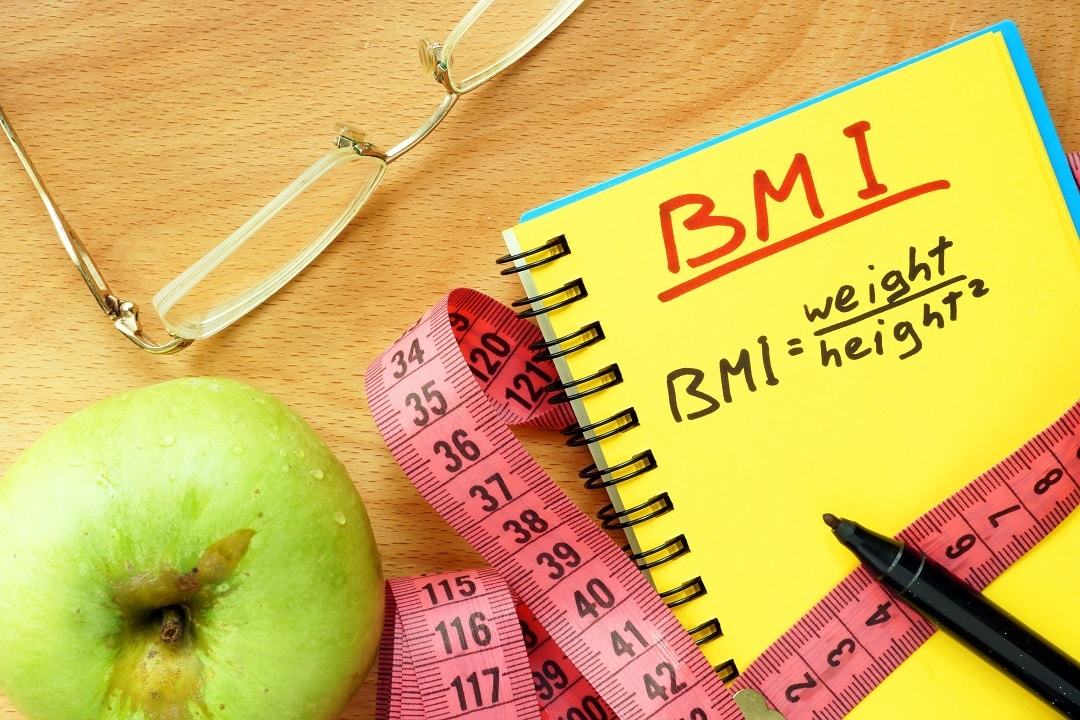If you’re health conscious, then you’ve likely heard about metrics like BMR and BMI. Often these two terms are interchanged and misconstrued for each others meanings. While they may sound alike, they mean entirely different things. Let’s highlight the differences between the two and their importance in measuring your health.
What is BMI?
BMI stands for Body Mass Index and is determined by your height-weight ratio. It is more so an indirect measurement of the amount of fat in your body, and whether or not your weight falls under the “ideal weight” range. There are four categories of BMI you should make note of: underweight, normal, overweight, and obese.
To get your BMI:
Formula: 703 x weight (lbs) / [height (in)]2
The answer is then correlated to a chart that determines your category.
A BMI that’s lower than 18.5 signifies that you are underweight. The normal range is 18.5 – 24.9, while a higher number puts you in the overweight category. Meanwhile, a BMI of 30 and higher will fall under the obese category.
Drawbacks of BMI
While it is commonly used in the medical field or by fitness enthusiasts, BMI should not be solely considered when measuring one’s level of fitness or health.
There are a number of limitations when it comes to this measurement as it is more so indirect. Aside from that, factors such as athleticism should be considered since people who are physically active tend to have more muscle mass. This does not necessarily mean that they are overweight.
Basal Metabolic Rate

BMR or Basic Metabolic Rate is the number of calories that your body burns. At the same time, it is at rest, to be able to keep up with essential bodily functions like digestion, breathing, maintaining a regular heart rate, and other critical physiological functions. Genetics plays a huge role in your BMR, as well as your levels of activity and body composition.
BMR varies based on gender:
- If you are a female, you can utilize the Harris-Benedict formula: 665 + (4.35 x your weight in lbs) + (4.7 x your height in inches) – (4.7 x your age in years).
- For males, you can calculate your BMR by using this formula: 66 + (6.23 x weight in lbs) + (12.7 x height in inches) – (6.8 x age in years).
If it seems confusing, you can estimate your BMR with an online calculator.
The Relationship Between BMR and BMI
Several factors influence your Basal Metabolic Rate, and among those factors is one’s Body Fat Composition. While BMI and BMR are not directly related, a high BMI (because of larger muscle mass) may indicate an increased BMR.
Professionals in the field of medicine often lean on comparing the rate by which you burn calories to your body composition. Even so, it is always recommended that each person be seen individually rather than collectively. Talk to your dietitian or doctor today if you want to find out more about the implications of your BMR and BMI and if you have additional questions.
Concluding Words
By regularly checking Basal Metabolic Rate and Body Mass Index, you can effectively track your progress and your level of fitness from different angles that make up a clearer and broader reflection of your overall health. You must talk to your doctor about your measuring your BMR and BMI since they will correlate this with your genetics, lifestyle habits, and levels of activity for a more accurate interpretation.























What do you think?